1. Thanksgiving Turkey
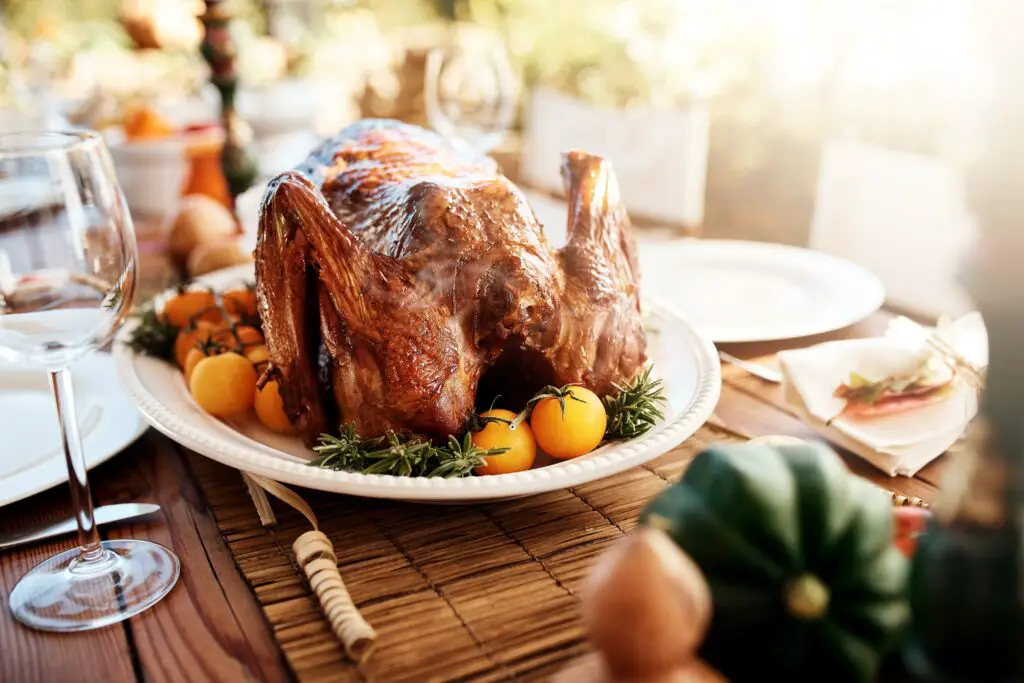
Thanksgiving wasn’t always centered on turkey. In fact, early celebrations included venison, seafood, and smaller birds like geese. Turkeys were chosen more out of convenience, since they were plentiful in America and big enough to feed an entire family. Writers like Sarah Josepha Hale popularized the idea of turkey in the mid-1800s, and by the time President Lincoln made Thanksgiving a national holiday in 1863, the bird had already become the star.
What began as a practical choice gradually transformed into an unshakable tradition. Today, it’s nearly impossible to imagine a Thanksgiving table without a golden roasted turkey. Families plan their entire meals around it, and even turkey leftovers have their own rituals like sandwiches and soups. A food picked out of abundance has become a symbol of togetherness.
2. The Pledge of Allegiance
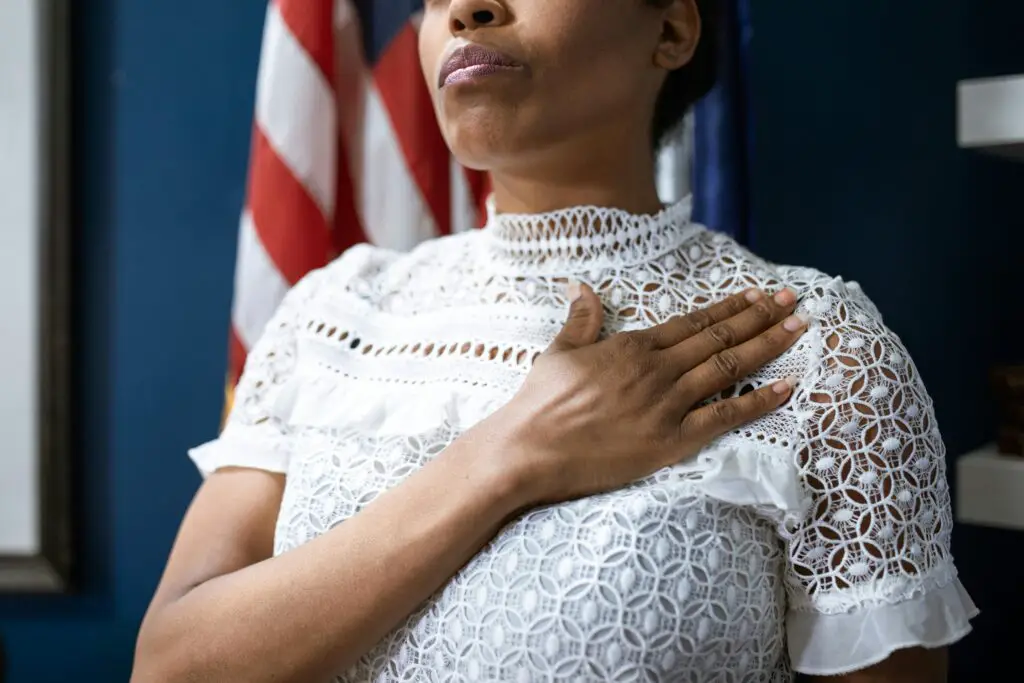
The Pledge of Allegiance wasn’t created by lawmakers but by a magazine looking to boost sales. In 1892, Youth’s Companion, a children’s magazine, wanted to encourage patriotism in schools while also selling flags. They hired Francis Bellamy, a Baptist minister, to write a simple pledge that schoolchildren could recite.
The idea caught on quickly and soon spread across classrooms nationwide. The pledge went through revisions over the years, with “under God” added in the 1950s. What started as a marketing campaign ended up becoming one of the most well-known rituals in American schools.
3. S’mores Around the Campfire
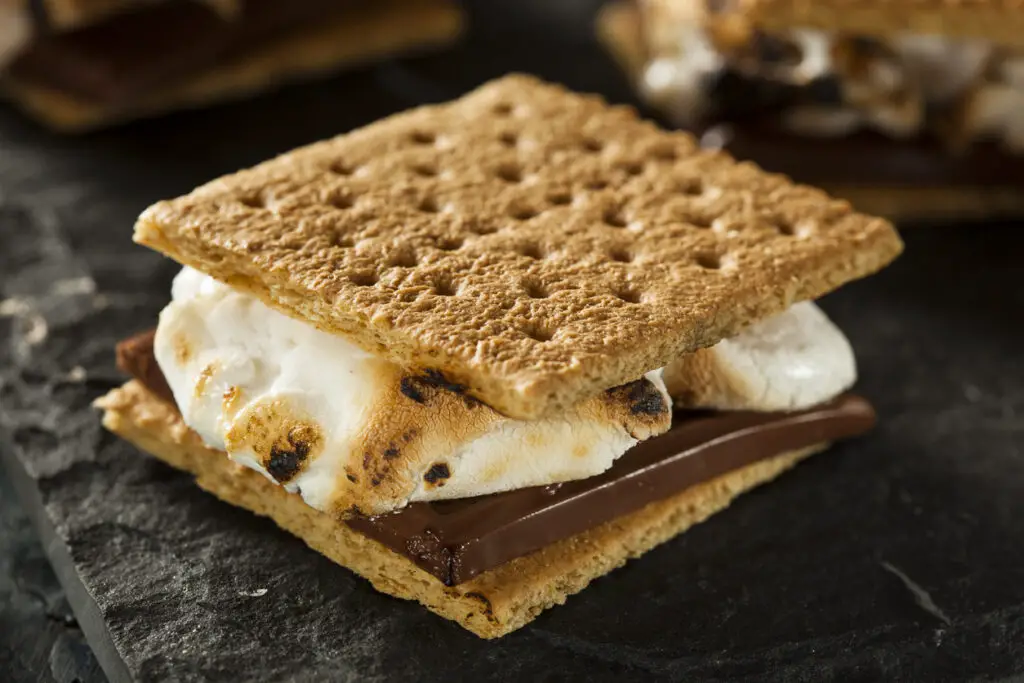
The invention of s’mores wasn’t carefully planned in a kitchen. Instead, it was the happy result of combining graham crackers, marshmallows, and chocolate—all separate products that happened to exist by the early 1900s. People started experimenting, and the gooey treat quickly caught on.
In 1927, the Girl Scouts published the first official recipe, calling them “Some Mores.” The name was later shortened, but the fun stayed the same. What began as an accidental combo became a classic camping tradition for generations of kids and families.
4. The Star-Spangled Banner as National Anthem
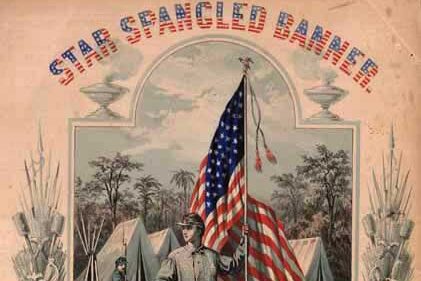
Francis Scott Key didn’t set out to write the national anthem. He wrote his poem after witnessing the American flag still flying over Fort McHenry in 1814 during the War of 1812. The verses were later set to the tune of a popular British drinking song.
For over a century, the song was performed at patriotic events, but it wasn’t official. It wasn’t until 1931 that Congress formally declared it the national anthem. What began as an emotional poem scribbled on a ship became America’s most iconic song.
5. Fourth of July Fireworks
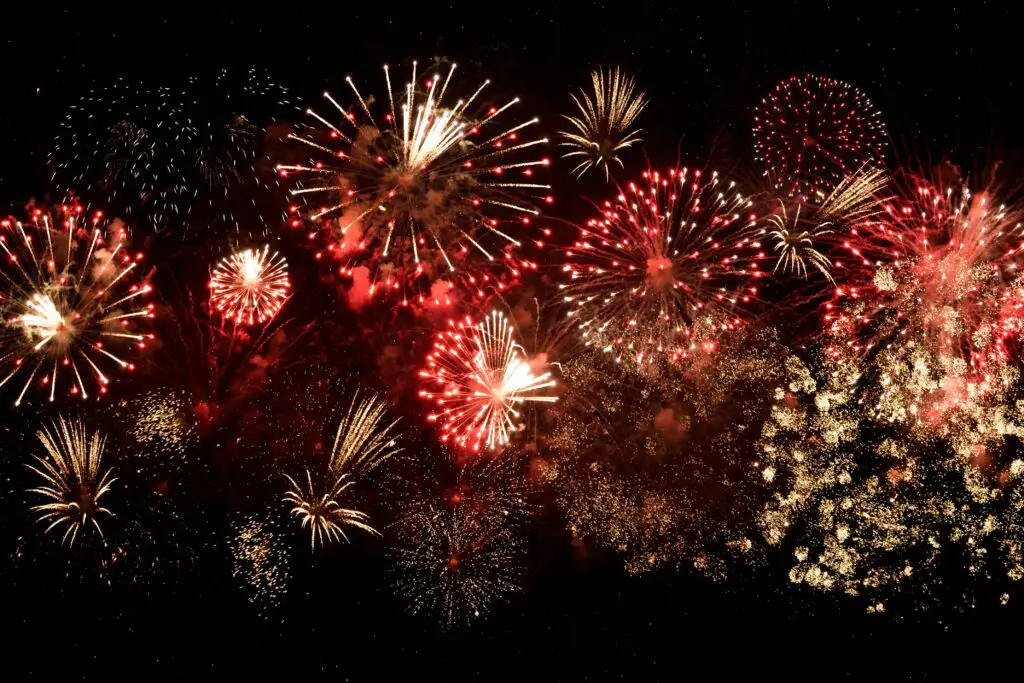
Fireworks weren’t part of the Founding Fathers’ plans. John Adams suggested that America’s independence should be celebrated with “bonfires and illuminations,” but he likely meant something simpler. In 1777, the very first Fourth of July included fireworks almost by accident, because they were already used for military celebrations.
The idea stuck, and fireworks became the perfect way to mark the nation’s birthday. The booms, sparks, and lights felt fitting for the occasion. What started as a practical choice grew into one of the most recognizable parts of Independence Day.
6. Black Friday Shopping
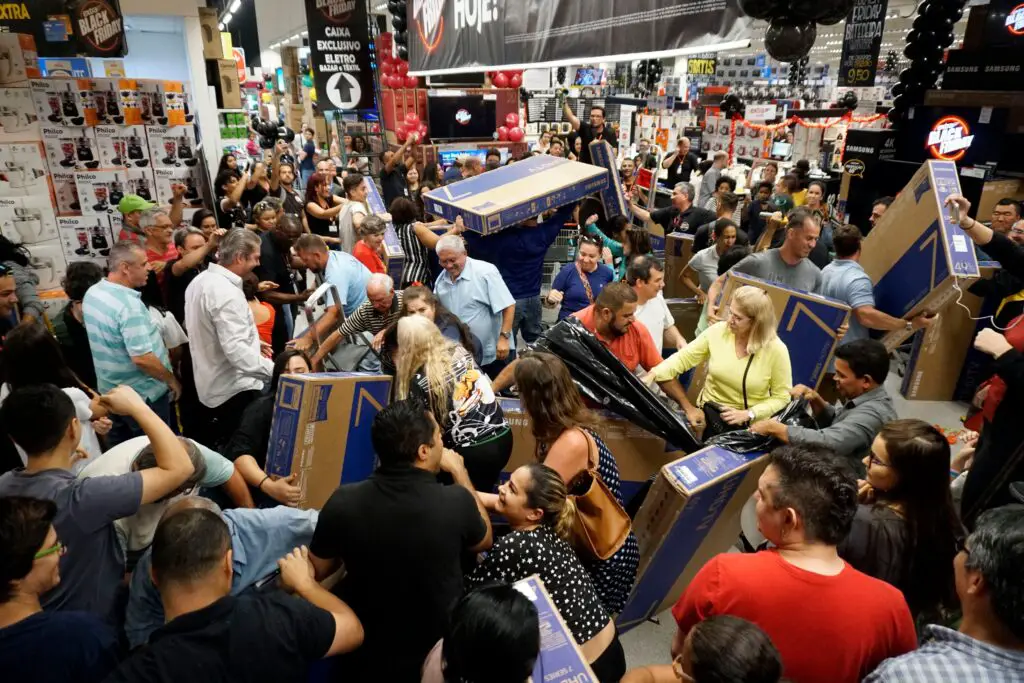
Black Friday didn’t begin as a shopping holiday. The term was first used in the 1800s to describe a financial crash. In the 1960s, Philadelphia police began using the phrase to describe the chaos of shoppers flooding stores after Thanksgiving.
Retailers eventually realized the sales potential and leaned into it. Promotions and discounts transformed the day into the busiest shopping event of the year. What began as a headache for police became a holiday tradition of its own.
7. The Presidential Turkey Pardon

The tradition of pardoning a turkey didn’t begin formally. Farmers in the 1800s often gifted turkeys to presidents for the holiday season. Lincoln’s son once begged his father to spare a bird, and later presidents like Kennedy and Reagan made their own playful gestures.
In 1989, George H. W. Bush made it official by declaring the turkey “pardoned.” Since then, it has become a televised event with a comedic twist. What started as a family favor turned into a quirky presidential ritual.
8. The Macy’s Thanksgiving Day Parade

The Macy’s parade wasn’t created as a Thanksgiving event at first. In 1924, Macy’s employees, many of whom were immigrants, wanted to celebrate Christmas in a big way. They organized a parade with floats, zoo animals, and Santa Claus.
The parade was such a hit that it became an annual tradition. Eventually, it was tied to Thanksgiving as the kickoff to the holiday season. What started as a Christmas celebration turned into one of America’s most beloved Thanksgiving traditions.
9. Friday Night Football

Friday night football games weren’t carefully planned as a cultural staple. In the early 20th century, small towns held games at night because students and workers were busy during the day. The timing worked perfectly for communities to gather together.
Over time, Friday night games became the center of small-town life. Pep rallies, marching bands, and community pride grew up around them. What began as a scheduling convenience became one of the most important rituals in American culture.
10. Peanut Butter and Jelly Sandwiches
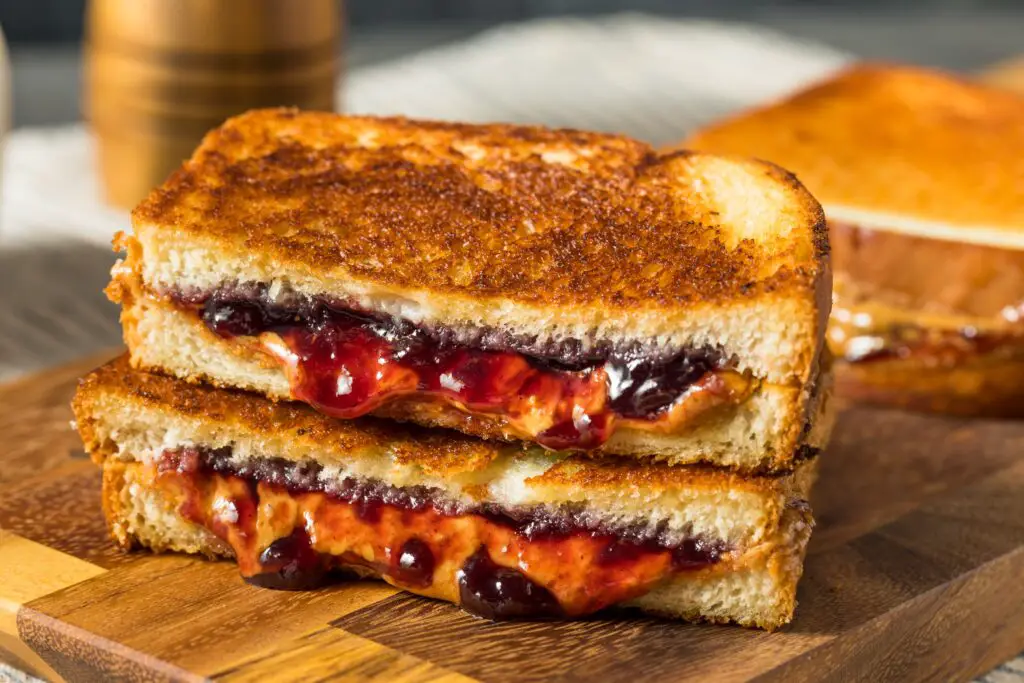
The peanut butter and jelly sandwich wasn’t born from gourmet cooking. Early peanut butter was paired with fancy foods like celery and pimentos. But during World War II, soldiers were issued peanut butter and jelly as part of their rations, and the combination proved both tasty and practical.
When those soldiers returned home, they kept the habit alive. Children quickly adopted PB&J, and it became a lunchbox staple. What started as a wartime accident turned into one of the most popular sandwiches in America.
11. Baseball as the “National Pastime”
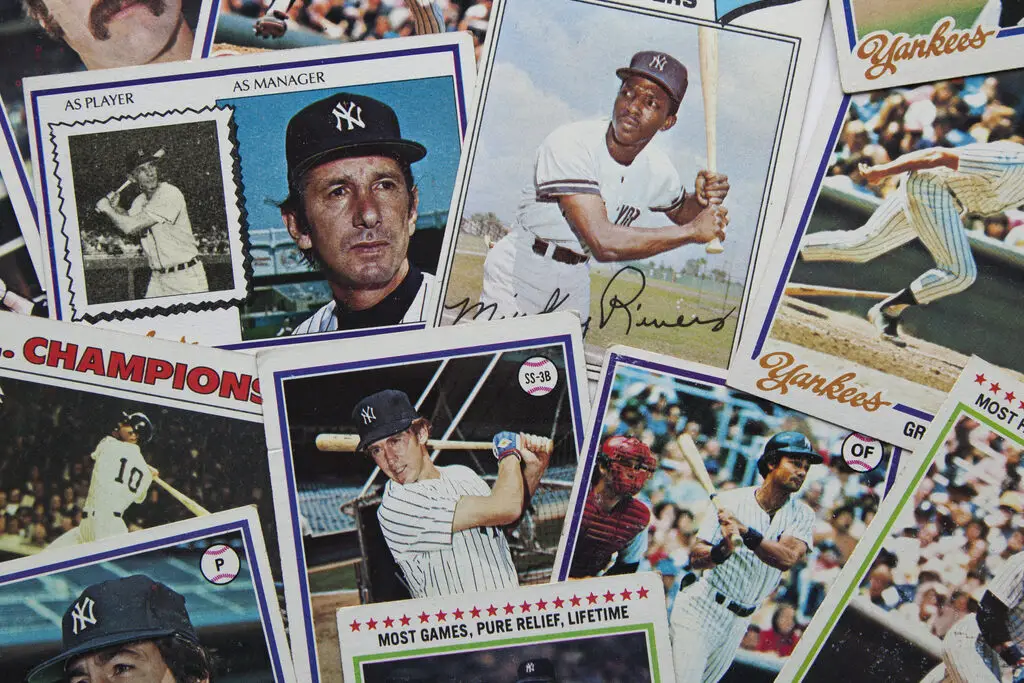
Baseball didn’t begin as a single, organized sport. In the 1800s, towns played their own versions of bat-and-ball games with different rules. A group of New Yorkers eventually codified the rules, and the game spread.
The Civil War helped popularize baseball as soldiers carried it across the country. By the late 1800s, it was known as the national pastime. What began as scattered playground games became a unifying piece of American identity.
12. Valentine’s Day Cards
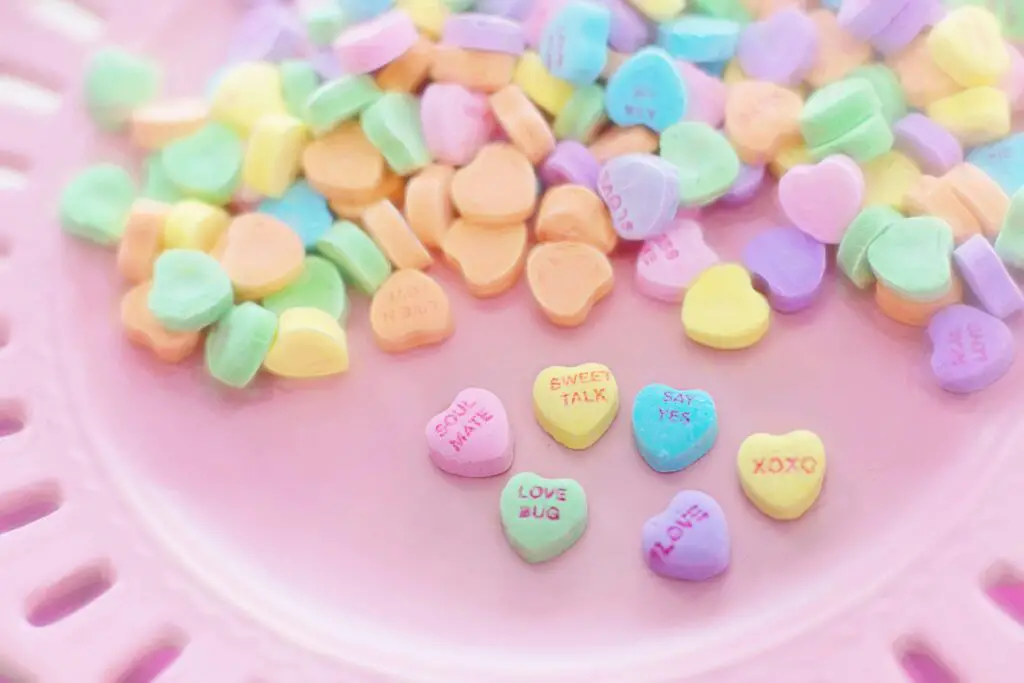
Valentine’s Day wasn’t always about candy and cards. In the early 1800s, people exchanged handmade notes. Then Esther Howland, a woman in Massachusetts, began selling elaborate paper valentines in the mid-1800s.
Her small business blossomed into an entire industry. As printing improved, cards became widely available. What began as a personal gesture became one of the most commercial holidays of the year.
13. Hot Dogs at Baseball Games
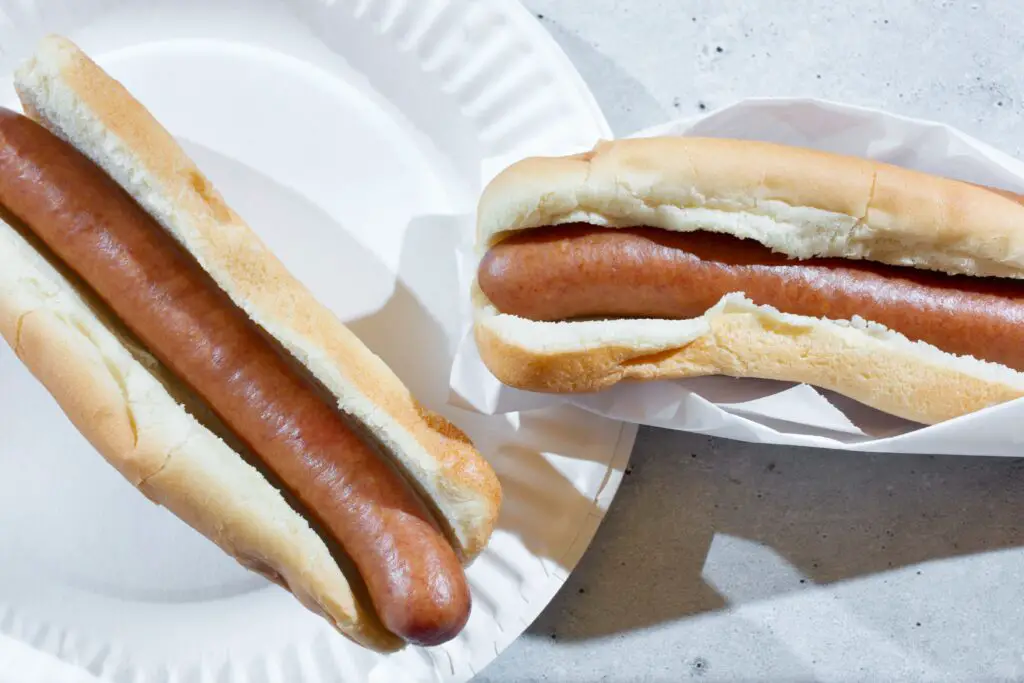
Hot dogs weren’t created for baseball stadiums. In the late 1800s, they were popular street food sold by vendors in cities. When baseball parks opened, vendors brought hot dogs inside because they were cheap and easy to eat in the stands.
The pairing was so convenient and popular that fans assumed they belonged together. Soon, hot dogs became just as much a part of the game as peanuts and Cracker Jack. What started as street food turned into an iconic sports tradition.
